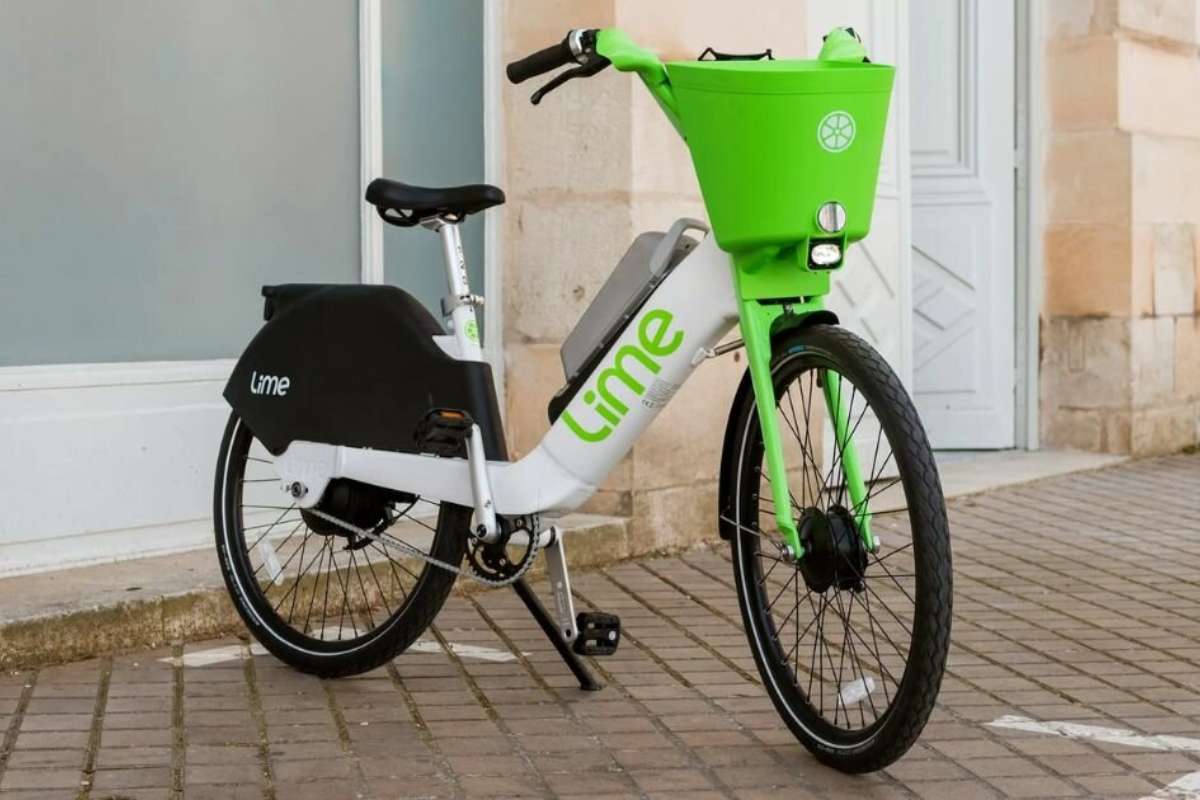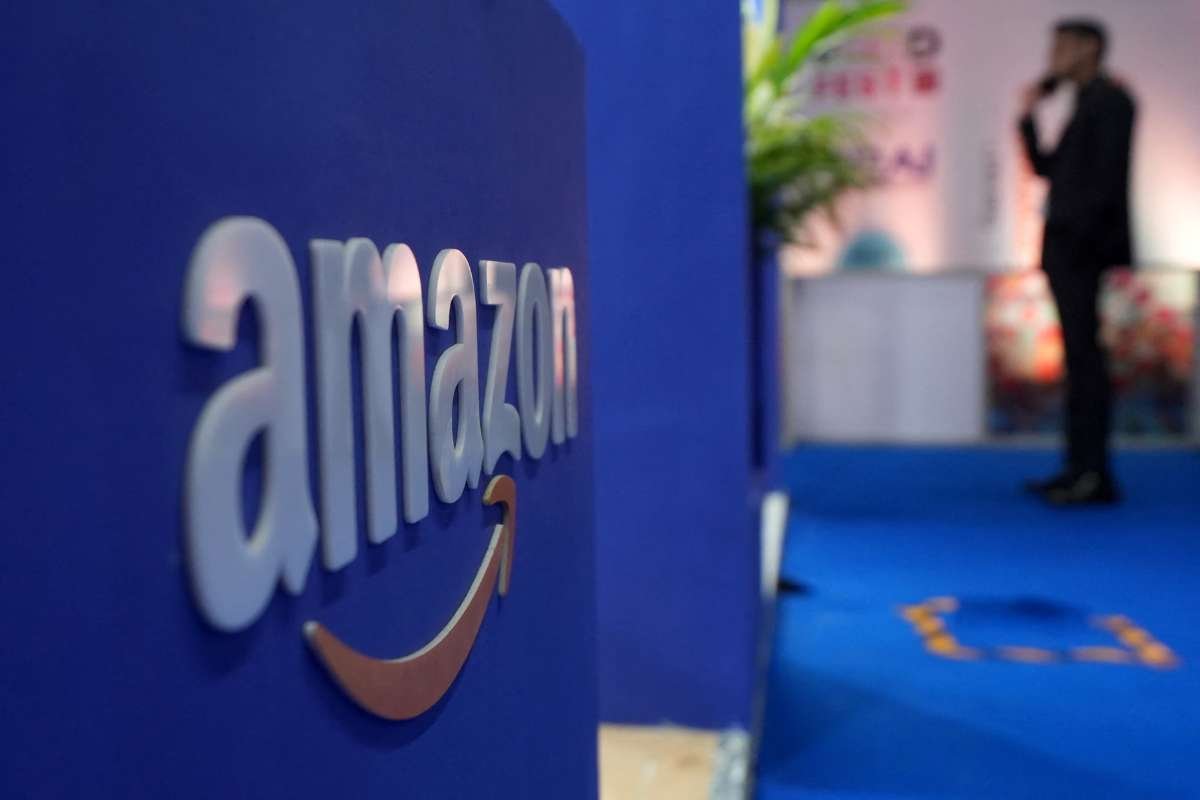Lime, the Uber-backed electric scooter company, is reportedly preparing or the Lime IPO, signaling a renewed push in the micromobility sector. According to Reuters, the company has enlisted Goldman Sachs and JPMorgan to lead its U.S. Initial Public Offering (IPO), potentially slated for as early as 2025. The Lime IPO is being closely watched as a major indicator of investor sentiment toward mobility startups, especially those that have struggled to gain traction on public markets in the past.
An IPO, or Initial Public Offering, marks the transition of a company from private ownership to public trading on a stock exchange. For Lime, this means opening up its financial records, presenting a growth narrative to investors, and seeking to raise substantial capital to scale its operations. While this isn’t the first time Lime has considered going public, the current market climate—characterized by cautious optimism around tech IPOs—offers a more promising backdrop. IPO volumes have surged 45% year-over-year in 2025, but investor scrutiny remains high, particularly around company valuations and profitability.
Profitable Growth Gives Lime an Edge
Lime distinguishes itself in the micromobility market with its strong financial performance—a rare trait among its peers. The company has posted positive free cash flow for two consecutive years and reported $686 million in revenue for 2024, reflecting a 32% growth. This financial health provides Lime with a crucial edge over former competitors like Bird, which have struggled to sustain operations. The Lime IPO is expected to benefit from this rare profitability, potentially boosting investor confidence.
Currently operating in 280 cities across nearly 30 countries, Lime’s business model involves managing local contracts, maintaining its fleet of scooters and bikes, and navigating regulatory frameworks. This mix of hardware and software, while complex, appears to be delivering results. The ability to generate sustainable profits sends a clear message to Wall Street: Lime IPO is not just a flashy tech app, but a viable, growing business with global reach.
Uber Ties Add Value—and Tension
Lime’s relationship with Uber adds another layer to the Lime IPO story. In 2020, Uber invested in Lime at a $510 million valuation. Today, Lime is aiming to surpass that figure significantly. While an IPO would allow Uber to enhance the value of its stake, it also brings potential competitive tension—Uber remains both an investor and a mobility platform that could overlap with Lime’s services.
For investors, Lime’s IPO represents a broader test of appetite for companies that are capital-intensive, dependent on regulatory support, and rooted in real-world infrastructure. If the IPO succeeds, it could set the stage for other transit, delivery, and electric vehicle infrastructure startups to follow. However, a flop might stall public interest in the micromobility space, closing the IPO window for another year.
As Lime races toward its market debut, all eyes will be on how the Lime IPO balances profitability, scalability, and investor expectations in an increasingly discerning public market.
Visit more of our news! Mr. Business Magazine.







